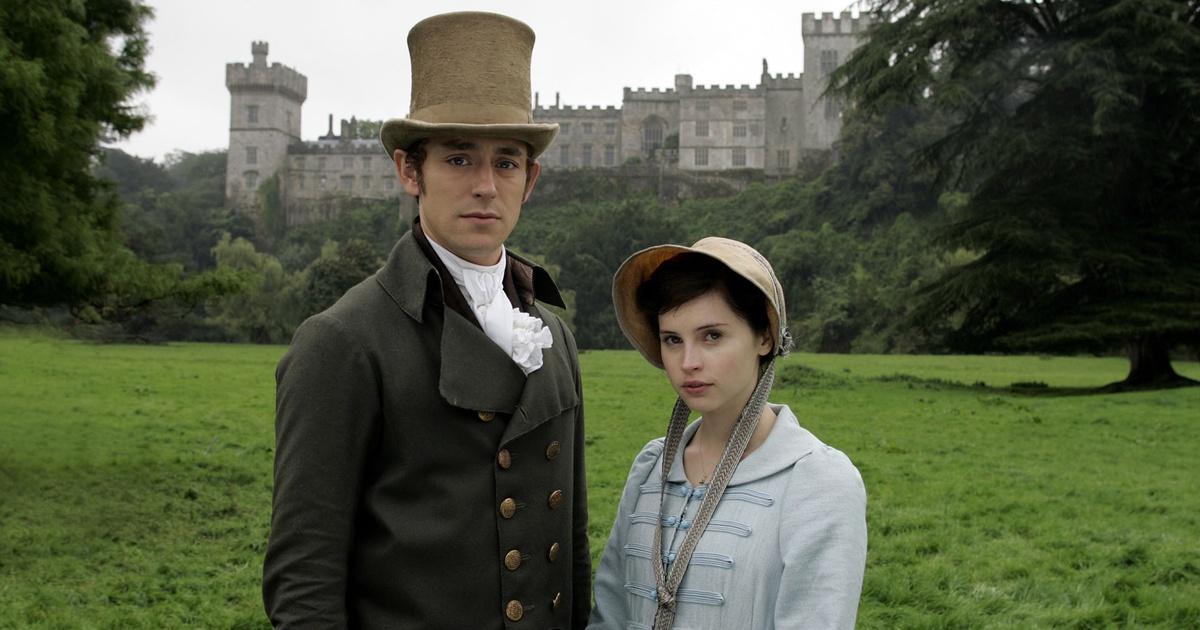Rapscallion Magazine Book Review: Northanger Abbey, by Jane Austen
Part Gothic send-up, part coming of age bildungsroman novel and part romance, Jane Austen’s account of Catherine Morland’s faulting social steps is enjoyable in her excruciating naivety. If we all look back at our early and middle teens there will be plenty of things we did which we regret and now feel extremely embarrassed about. Catherine Moreland may not have thrown up all over the Allens’ sofa after knocking back a half bottle of vodka or got into a fight with a policeman over parking her sedan chair in a disabled bay, but she is splendidly unprepared for what is to befall her due to her head being full of gothic fantasies.
The sequence with the boastful John Thorpe in Bath, her introduction to the crammed Assembly Rooms where sharp elbows are needed just to find a seat and her hesitant steps with her introduction to Henry Tilney give such a vivid account of life in the city in the turn of the 18th and 19th centuries to make it essential reading for Bathonians interested in that era.
I confess I began the novel some time ago and put it aside before revisiting it many months later which in a way reflected how the story was written by Jane Austen. According to her sister Casandra she began the novel in 1794 or earlier and completed it in 1789 which might account for the way the narrative falls into two sections. First Catherine, who is described as being ‘almost pretty’ at the age of 15 and by 17 she ‘was in training to be a heroine’ having read all the books about heroines so as to be prepared for this fantasy. In Bath however the bubble of romance is pricked by the harsh realities of trying to catch the eye of a handsome hero or even to have a conversation with the social climbers at the Assembly Rooms as she enters with Mrs Allen. She meets the fickle Isobella who raves about the latest Gothic novel – the Mysteries of Udolpho – and innocent Catherine is quickly dominated by her over confident new friend and ingénue who (no spoilers) is later a great disappointment.
Invited to stay at her newfound other and more reliable friends Eleanor and Henry Tilneys at Northanger Abbey for a few weeks we enter part two of the novel. And although Catherine’s character remains wonderfully susceptible to Henry’s teasing and her own wild imagination there is a slightly darker tone as she becomes convinced Mrs Tilney was done away with by General Tilney in one of the Abbey’s many secret rooms. Her imagination of this scary theory is in marked contrast with the social suicide of and social ambitions of those around her which are far more brutal. There’s the all-round rotter John Thorpe’s meddling, Isobella’s ruthless manoeuvring to find a rich husband and General Tilney’s obsession with status and money.
Amusing, insightful and full of the realities of everyday life. The final pages seem to be something of a rush as Jane Austen ties up the various strands and manages to find a happy resolution for Catherine as her Gothic imaginations are exorcised in this coming-of-age story where finally she… comes of age.
Harry Mottram
Main photo is of the 2007 of the novel with Felicity Jones as Catherine and JJFeild as Henry.
For Jane Austen fans there’s a play at the Alma in Bristol in Ocotber that may be of interest: The Complete Works of Jane Austen (Abridged) https://www.tickettailor.com/events/almatheatrecompany/1294126?

Rapscallion Magazine is an online publication edited by Harry Mottram
Harry is a freelance journalist. Follow him on Facebook, LinkedIn, Twitter, Instagram, YouTube etc
Email:harryfmottram@gmail.com
Website:www.harrymottram.co.uk


You must be logged in to post a comment.